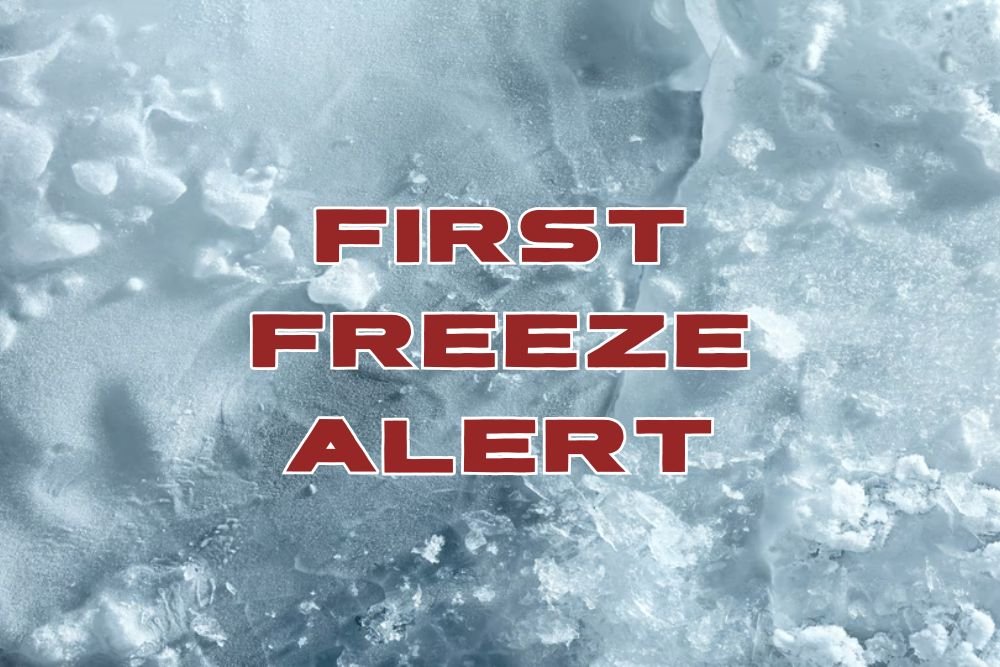Kansas City Gardeners: How To Protect Fruits And Vegetables From The First Freeze
KANSAS CITY, MO — The first freeze of the season is on the way, and local gardeners are being urged to take action now to protect their fruits and vegetables. With temperatures expected to dip below freezing soon, experts from Kansas State University Extension are offering guidance to help residents make the most of their fall harvest.
Harvesting Root Vegetables And Tender Crops
Freezing conditions can rupture plant cells and ruin delicate vegetables. Crops like carrots, radishes, beets, peppers, cucumbers, beans, and okra should be harvested before a hard freeze, even if they’re undersized. Gardeners can still use these small vegetables creatively — through pickling, pureeing, or freezing mixes for stews later.
The greens of carrots, radishes, and beets are also edible and can be sautéed, blended into pesto, or added to salads.
Frost-Sensitive vs. Cold-Tolerant Greens
Not all leafy greens respond to frost the same way. Lettuce, chicories, and delicate herbs can be destroyed by even a light frost, while kale, spinach, and collards are hardy enough to withstand colder nights until a hard freeze sets in. Gardeners should time their harvests carefully to avoid losing these crops.
Other cool-season vegetables like broccoli, cabbage, kohlrabi, and cauliflower can also tolerate cooler conditions and may remain in the garden into early winter.
Ripening Tomatoes Indoors
For those with green tomatoes still on the vine, the Extension suggests bringing them inside if they show a white star underneath the fruit. This marker indicates the tomatoes are mature enough to ripen indoors thanks to natural ethylene production.
Gardeners are cautioned not to store cracked or bruised tomatoes for indoor ripening, as mold can spread quickly between stacked fruit.
Protecting Sweet Potatoes
Sweet potatoes are especially sensitive to cold and should be dug up before any frost occurs. Once harvested, they need to be cured in a warm space between 70 and 80 degrees Fahrenheit to preserve flavor and prevent damage.
Preparing For The Cold
While the first freeze marks the end of the growing season for many plants, with proper preparation, Kansas City gardeners can extend the usefulness of their harvest well into the winter months. From storing root vegetables to ripening tomatoes indoors, each step helps ensure that the work of the growing season isn’t lost to a single cold night.
Do you have a fall gardening tip that helps protect crops from frost? Share your ideas with us at NapervilleLocal.com, where we keep you updated on local weather, gardening advice, and seasonal community resources.

I’ve lived in Naperville long enough to see how quickly our community changes — from new developments downtown to sudden shifts in our Midwest weather. Reporting on Naperville news and daily forecasts gives me the chance to keep neighbors informed about what really matters. My goal is simple: deliver clear, timely updates so you always know what’s happening in our city and what to expect from the skies above.

